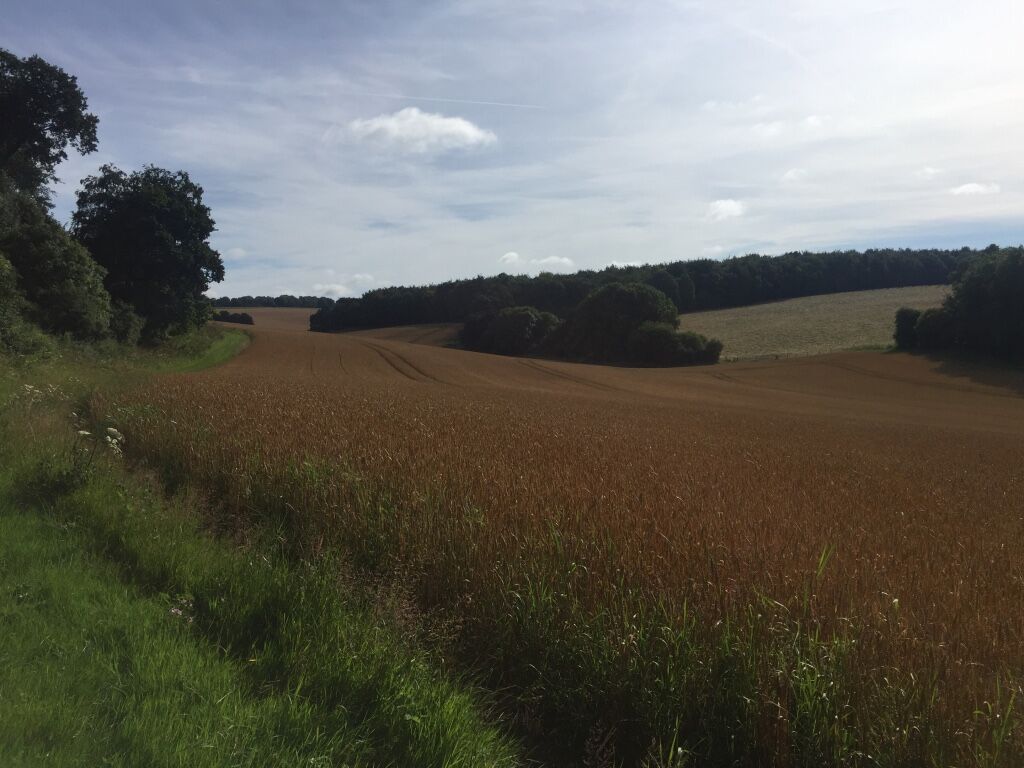How to start trail running
Lifestyle blogger Tom Hallett gives us some great advice and personal experiences on how to start trail running.
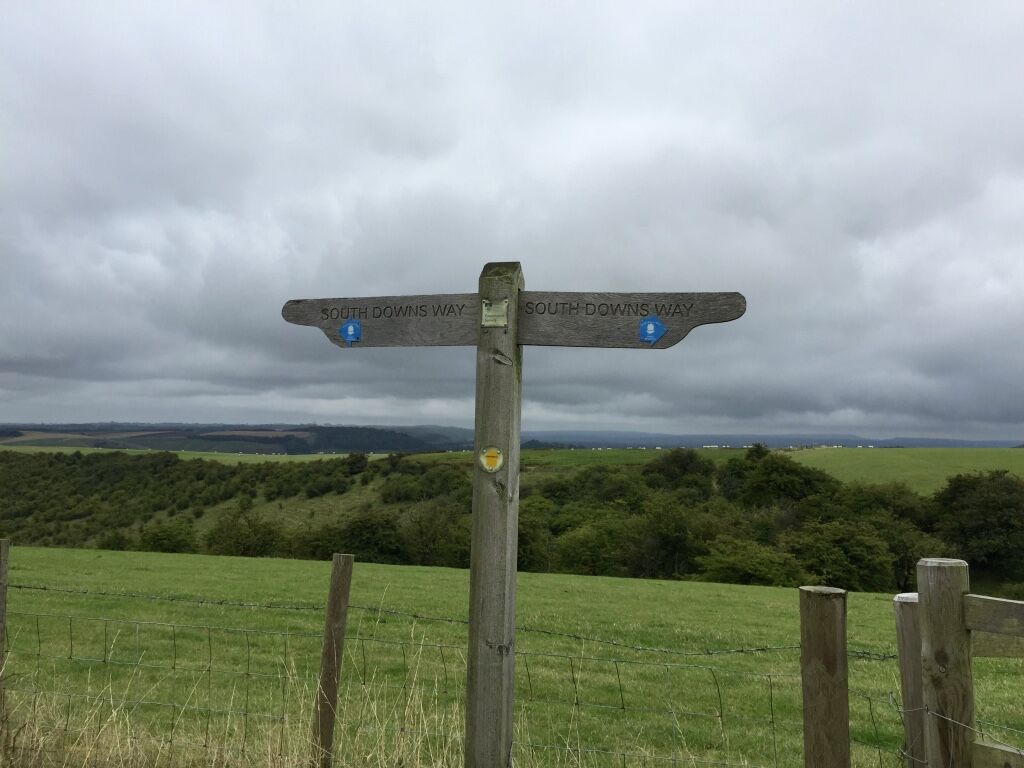
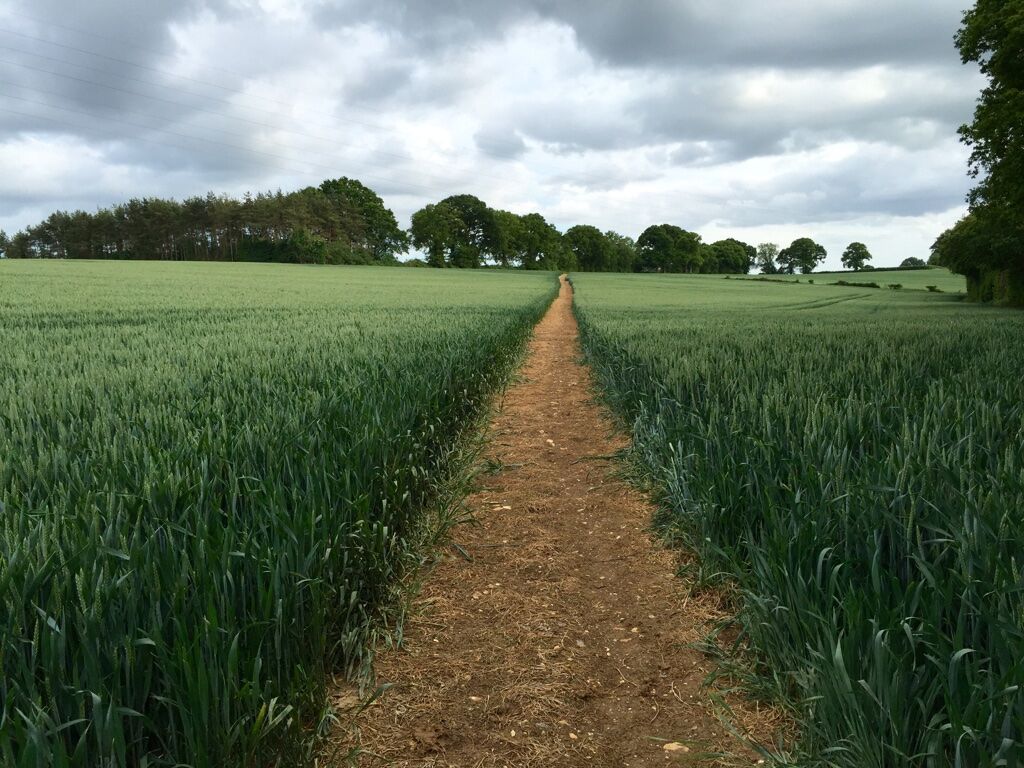
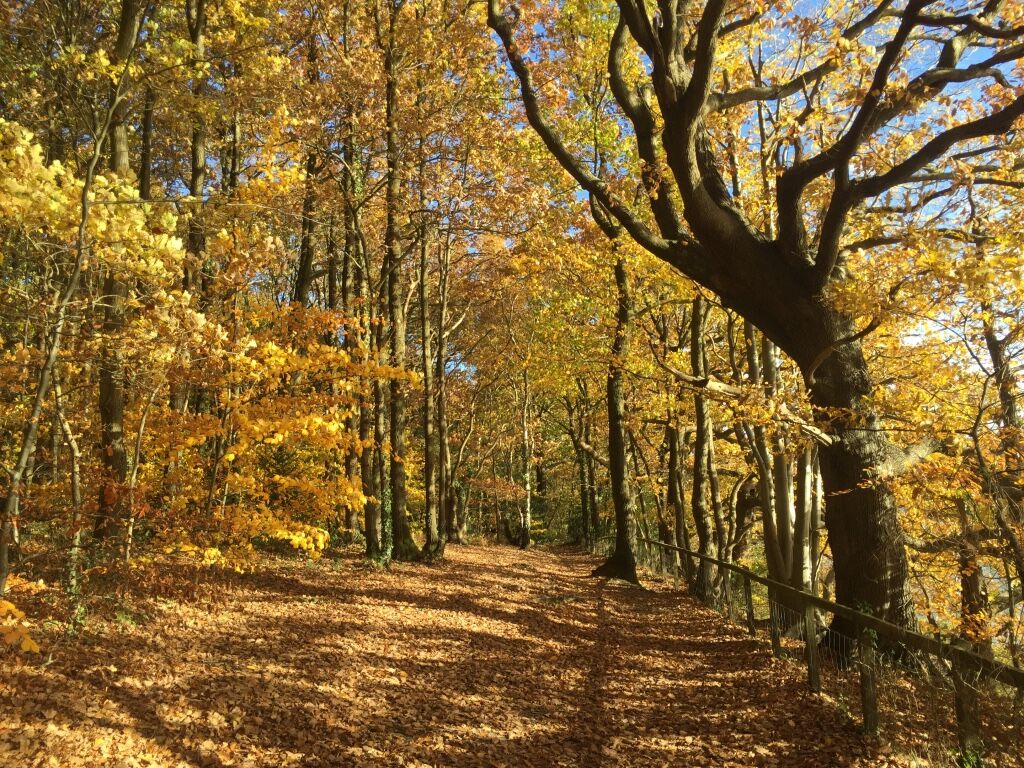
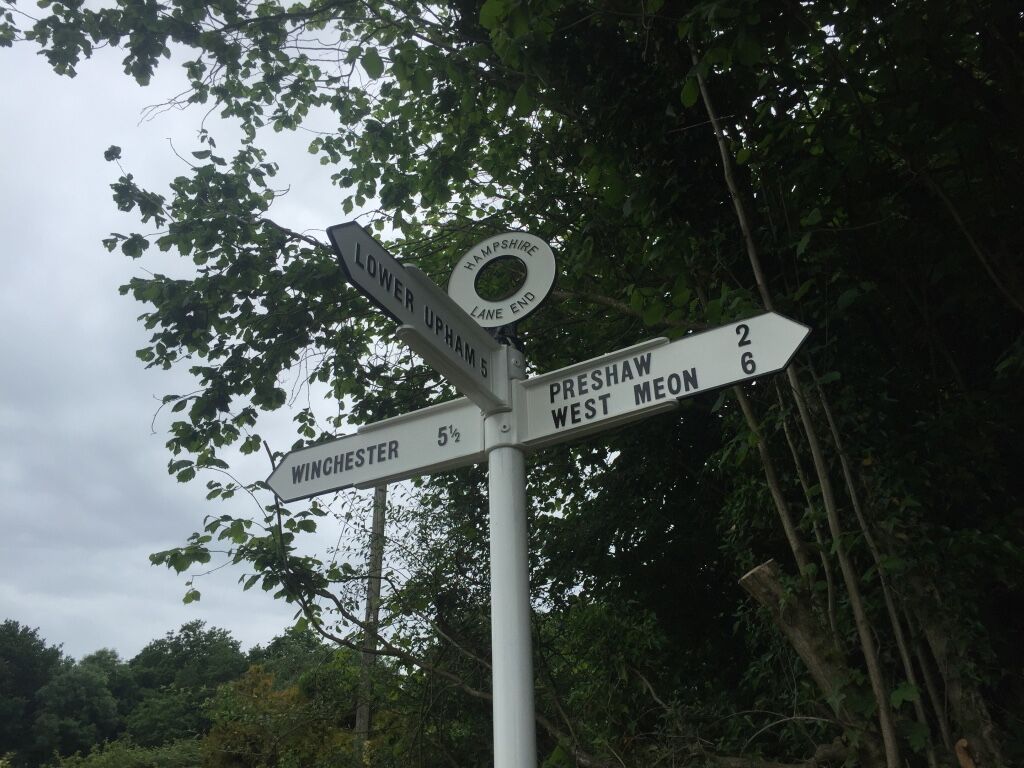
Despite the inevitable mud and water obstacles you come across this time of year, trail running on Hampshire's many footpaths, bridleways and tracks is great fun.
There's no motor traffic to negotiate and no endless plodding on the same type of surface – every trail and footpath presents a new challenge.
Trail running also helps you work different muscles and improves your balance and agility as you constantly have to find your footing. You'll reduce your risk of impact injuries like runner's knee too, as the softer surfaces give you a cushion to land on.
Roger's recent post on running the Winchester ways highlighted some of the trail running routes that radiate out of the city. But what if you're new to trail running? Is it easy to get started?
Yes! There aren't really any barriers to it. In theory you can just slip on your trainers and hit the trails.
However, there are a few things you can do to make sure you have fun and – importantly – stay safe.
I made the switch from road to trail a couple of years ago. Here are my top tips on getting started trail running.
How to start trail running
Watch your stride (and use your arms)
Trails aren't as predictable as pavements and roads. There are tree roots, rocks and other lumps and bumps to contend with.
To negotiate these obstacles, it's best to run with a shorter and higher stride than you would on harder surfaces. That way, you'll avoid tripping up.
You'll need to use your arms more to keep your balance too.
Start slow – even if you're an experienced runner
Trail running uses more energy than running the same distance on a hard surface, especially if it's slippy or you're running up and down a lot of hills.
So set yourself modest targets to begin with. And don't think you'll be able to easily run the same distances as you do on the road or treadmill. Give yourself more recovery time too.
Also remember that trail running is more about exploration and completing the course than aiming for a PB. So it's OK to stop or walk now and again.
Keep your eyes down
One of the great things about running cross-country is there's usually lots to look at.
However, the less predictable surface means it's important that you keep an eye on the path immediately in front of you. Then you'll be ready to tackle any little obstacles that get in the way.
Stay in contact
It's best to take a mobile phone with you when you hit the trails. That way, if you get lost or have an injury you can call for help. Better still, run with someone else.
After all, you likely won't be able to flag down a passing motorist or ask to borrow a stranger's phone if you're in the middle of nowhere.
A phone can also be a godsend if you get lost as you can use a route tracking app's map to retrace your steps, even if you don't have any signal.
Let someone know where you're going too. Then they'll at least know where to come looking if something happens and they can't reach you on your phone.
Plan your route
On roads you're familiar with, it's easy to plan your route as you go.
This is more difficult on trails. Even if you know the area well, there might be multiple paths or parts of your route that look different according to the season.
Before I explore a new area, I usually plan my route beforehand on a Web app like Runkeeper and then download it to my phone so I can refer to it if I need to.
Often I'll try to walk parts of new routes in advance too – it's almost impossible to predict if a path is suitable for running on just by looking at a map.
Buy a good pair of trail shoes
In dry weather in the summer months, normal running shoes will be fine if you want to give trail running a go.
If you want to run on trails regularly though it's worth investing in a good pair of trail shoes from a specialist running shop like Alexandra Sports, Up & Running or Alton Sports.
Trail shoes are designed a bit differently to normal running shoes. For starters, they provide less support with the idea being that you need them to be flexible to cope with the lumps and bumps you'll experience off road.
They also have more grip, which is helpful on those slippery surfaces. They won't stop you from slipping up now and again though – that comes with the territory on the trails.
Obviously, your trail shoes will get extremely dirty. Make sure you give them a rinse off after each run (groan) so they're mud-free next time you want to use them.
Use established paths and trails
Trail running gives you a chance to explore unknown routes – that's half the fun. But it's worth remembering that some paths become impassable in the winter or after a spell of wet weather.
In general, bridleways and tracks are better for trail running than footpaths that go through fields. However, even these can get clogged up with mud.
I find the best trails to choose if you want a mostly clear run are well-trodden tracks that are part of long-distance footpaths (like the South Downs Way or Itchen Way) or trails that run through council-owned country parks.
Over to you
What are your top tips for getting started on the trails? Are you thinking about giving trail running a go?
Leave a comment below or tweet me on @thomashallett.
Tom is a lifestyle blogger, writer and digital editor. He blogs about food and drink, craft beer and getting outdoors at thomashallett.com.






